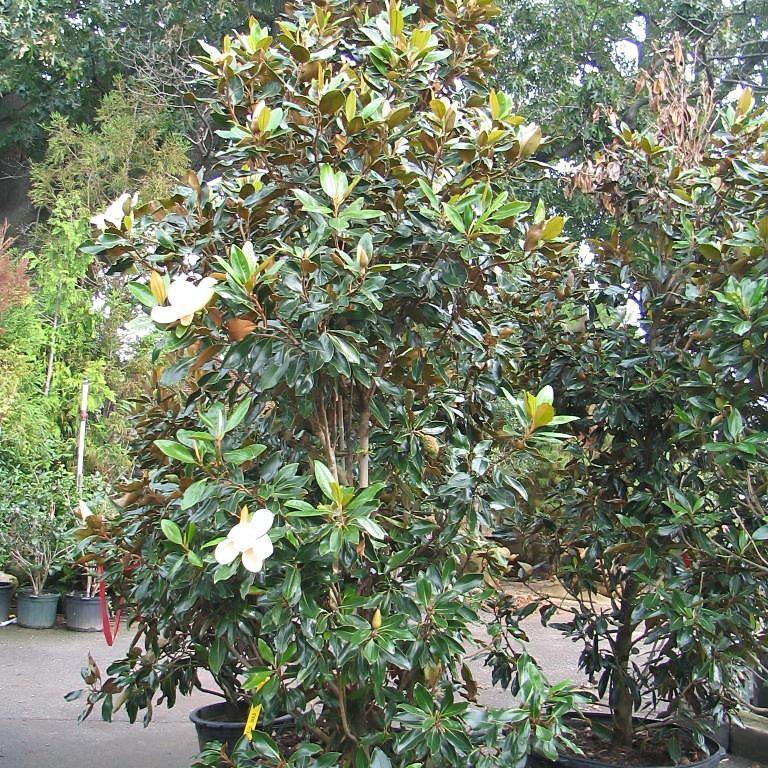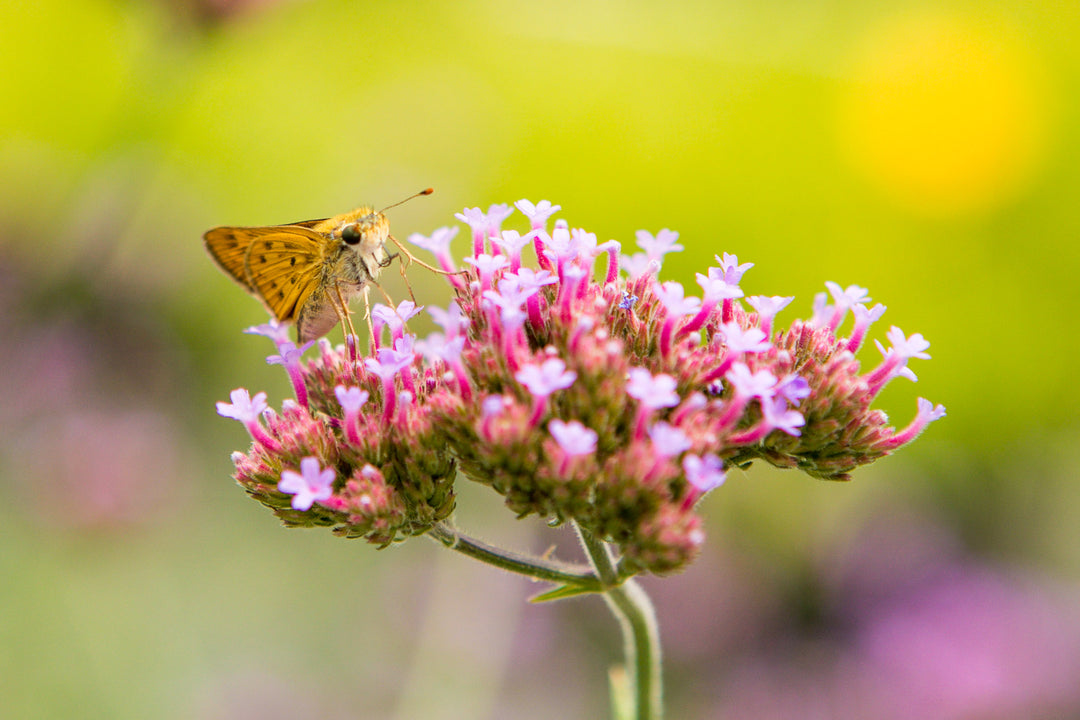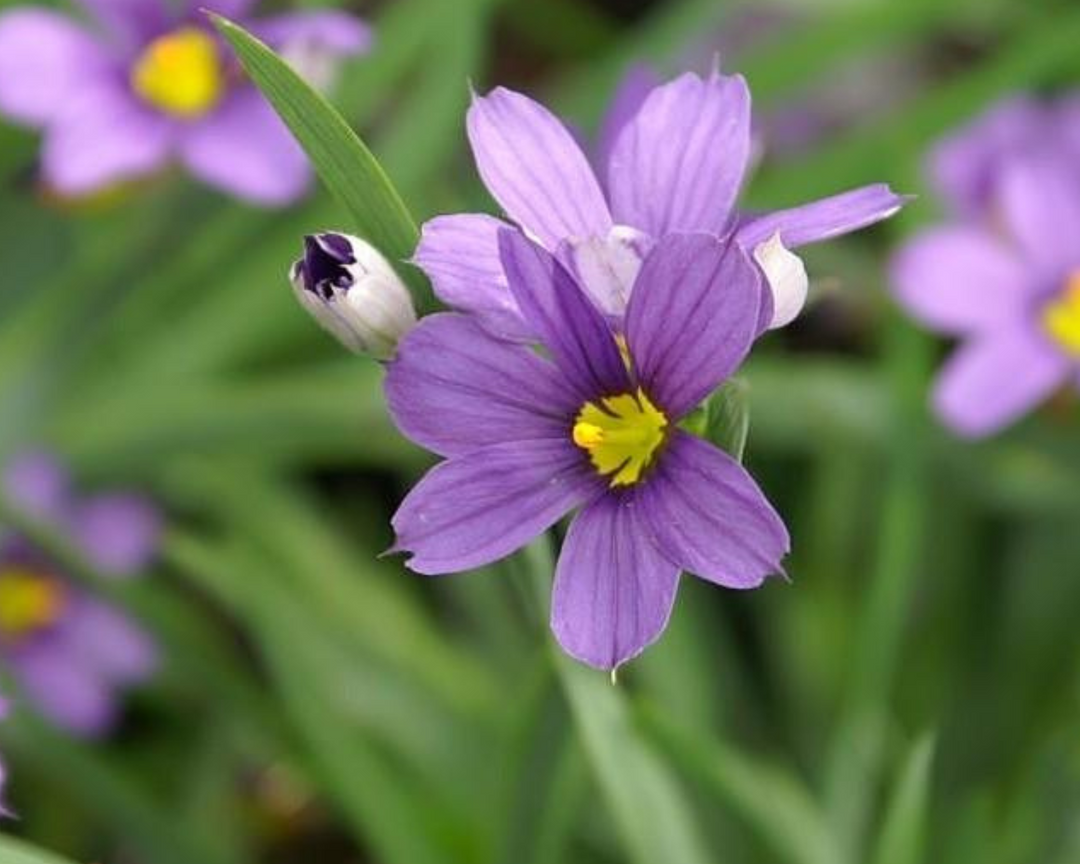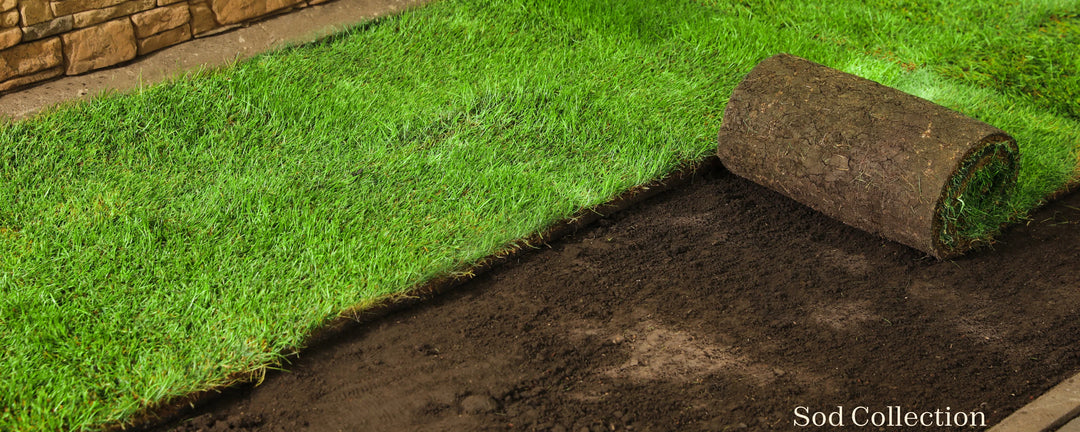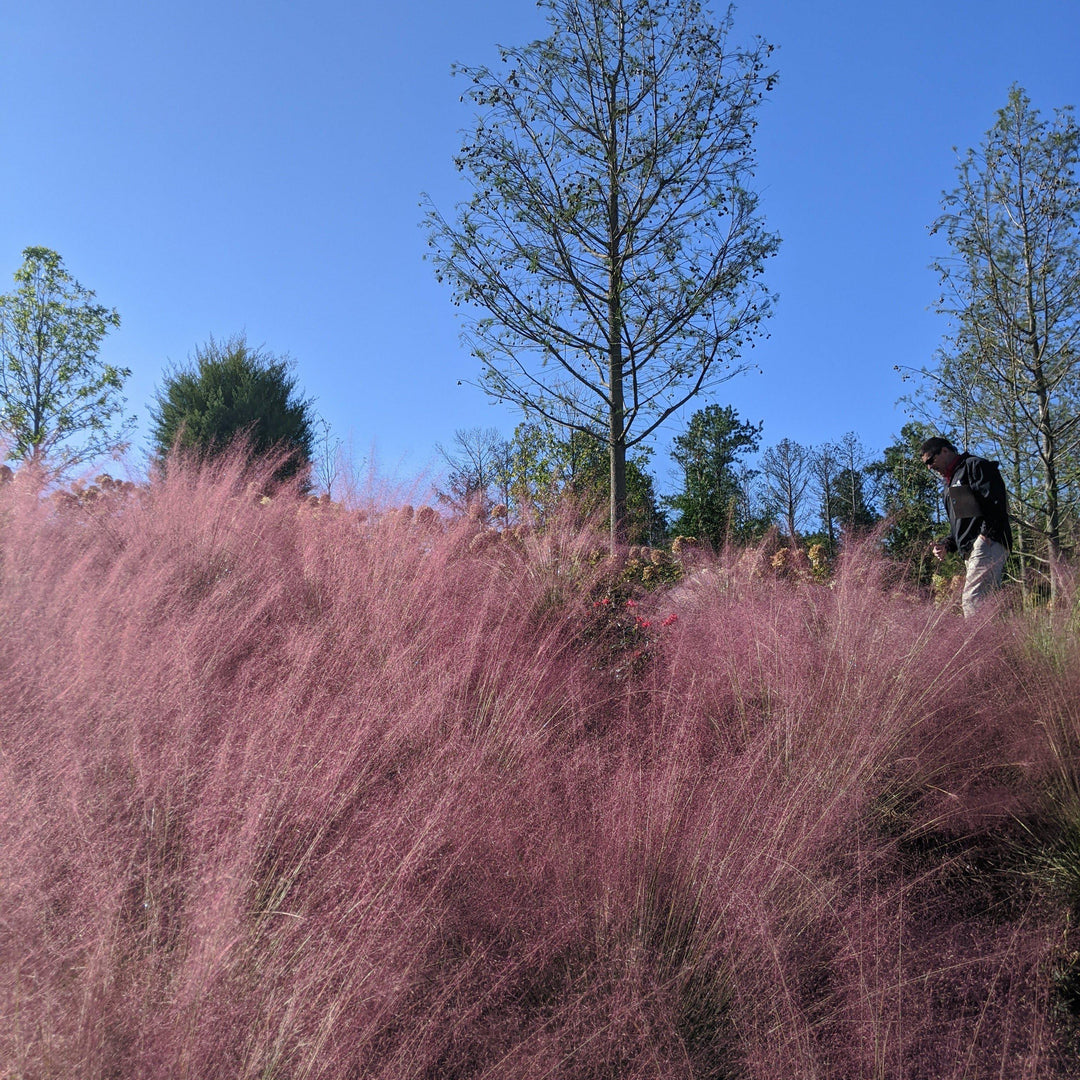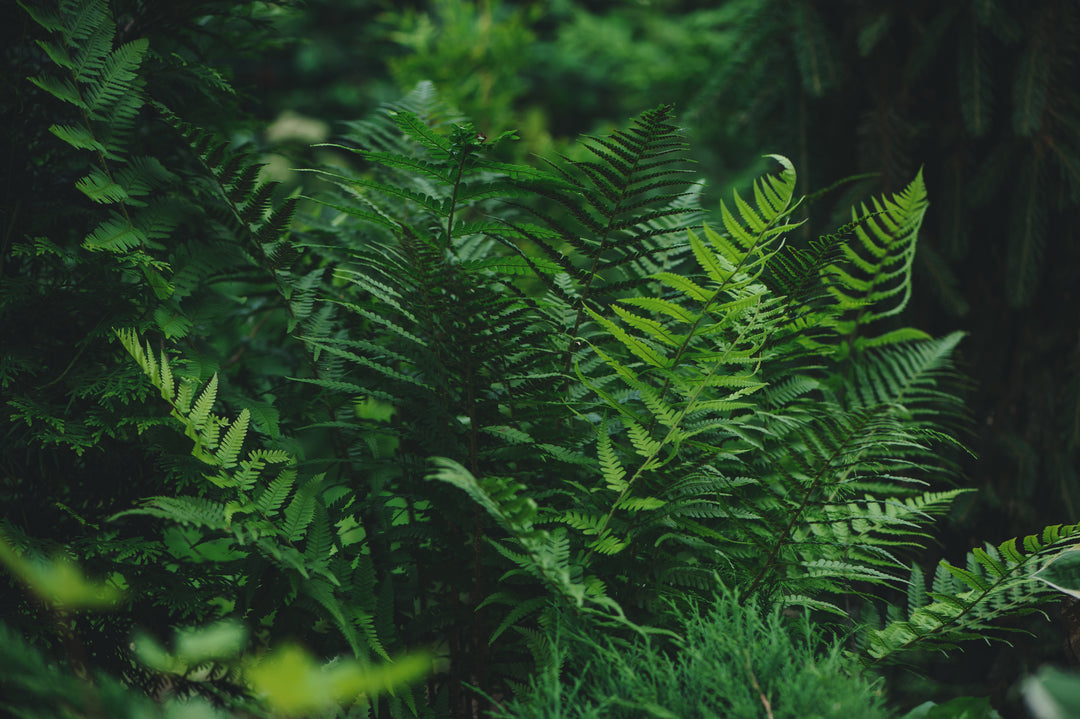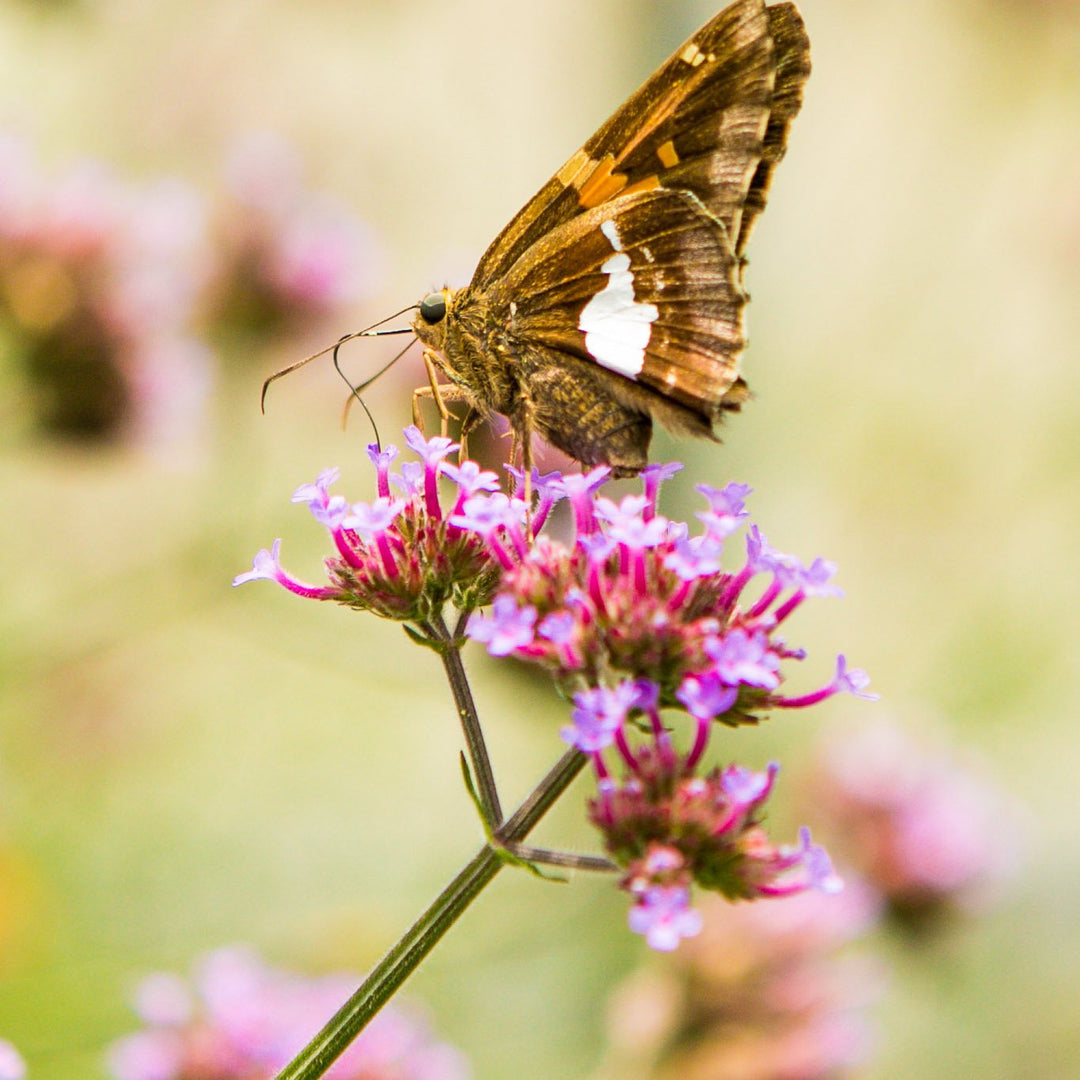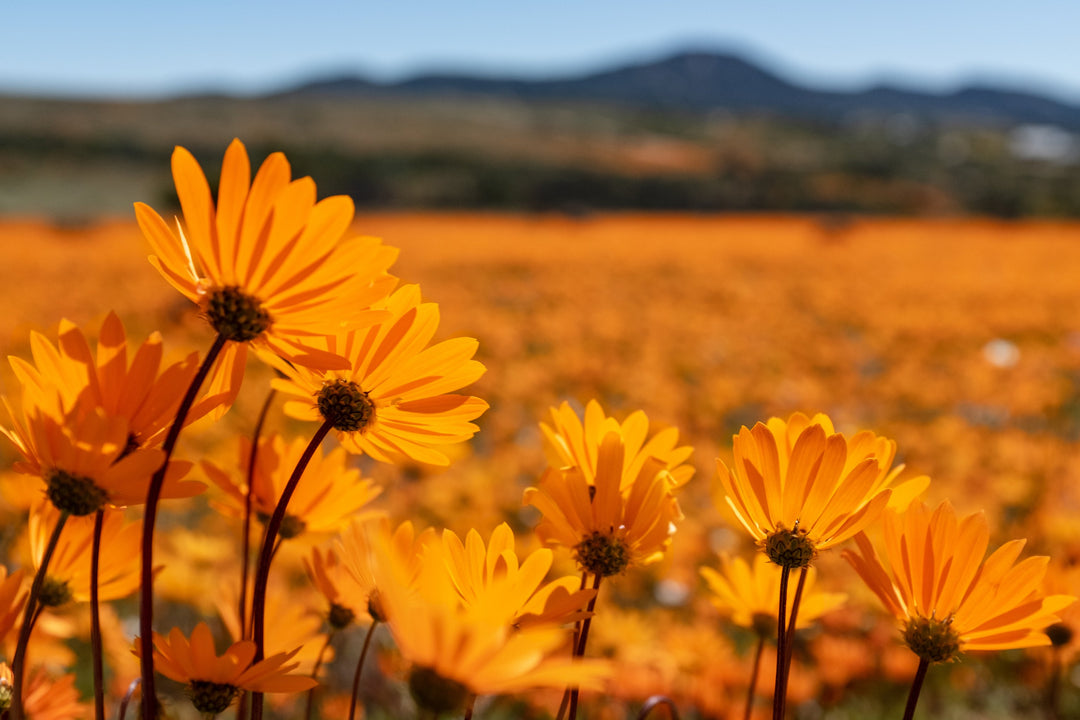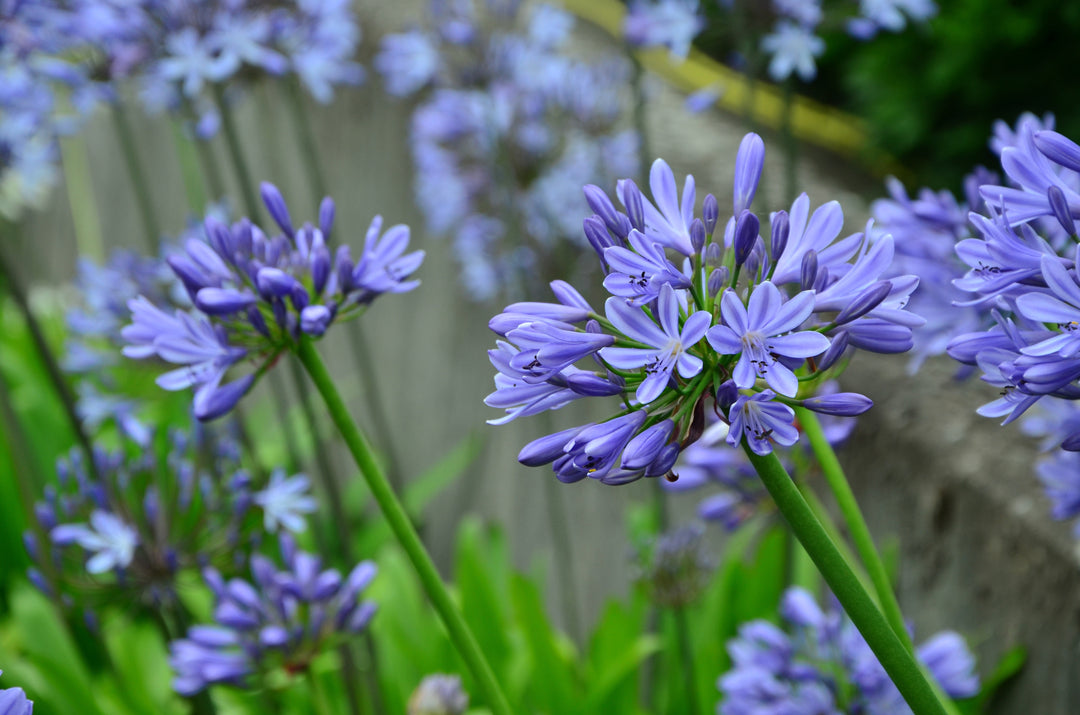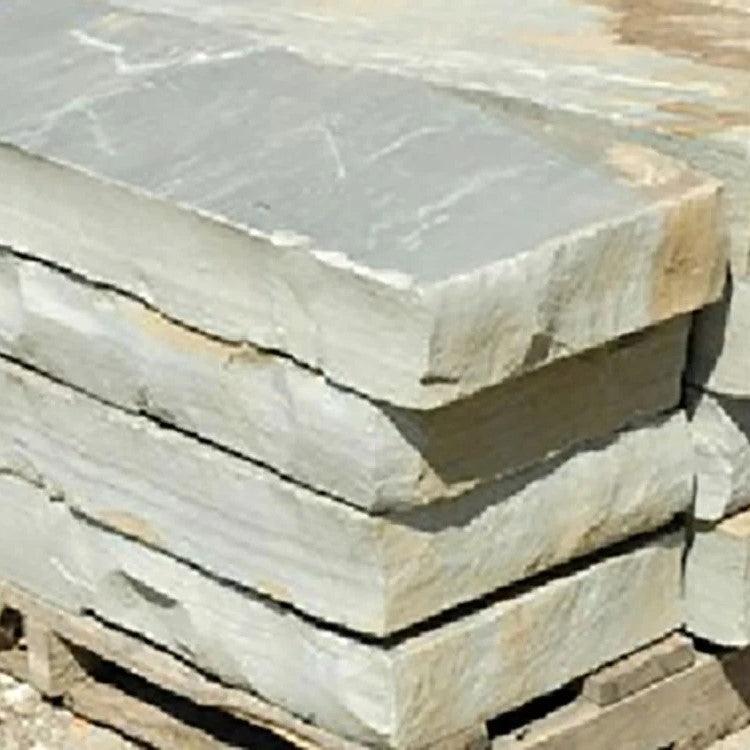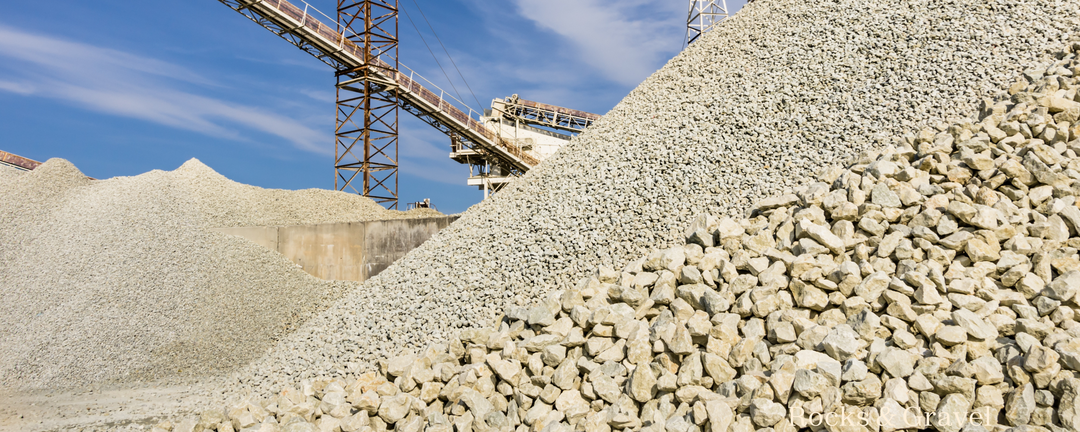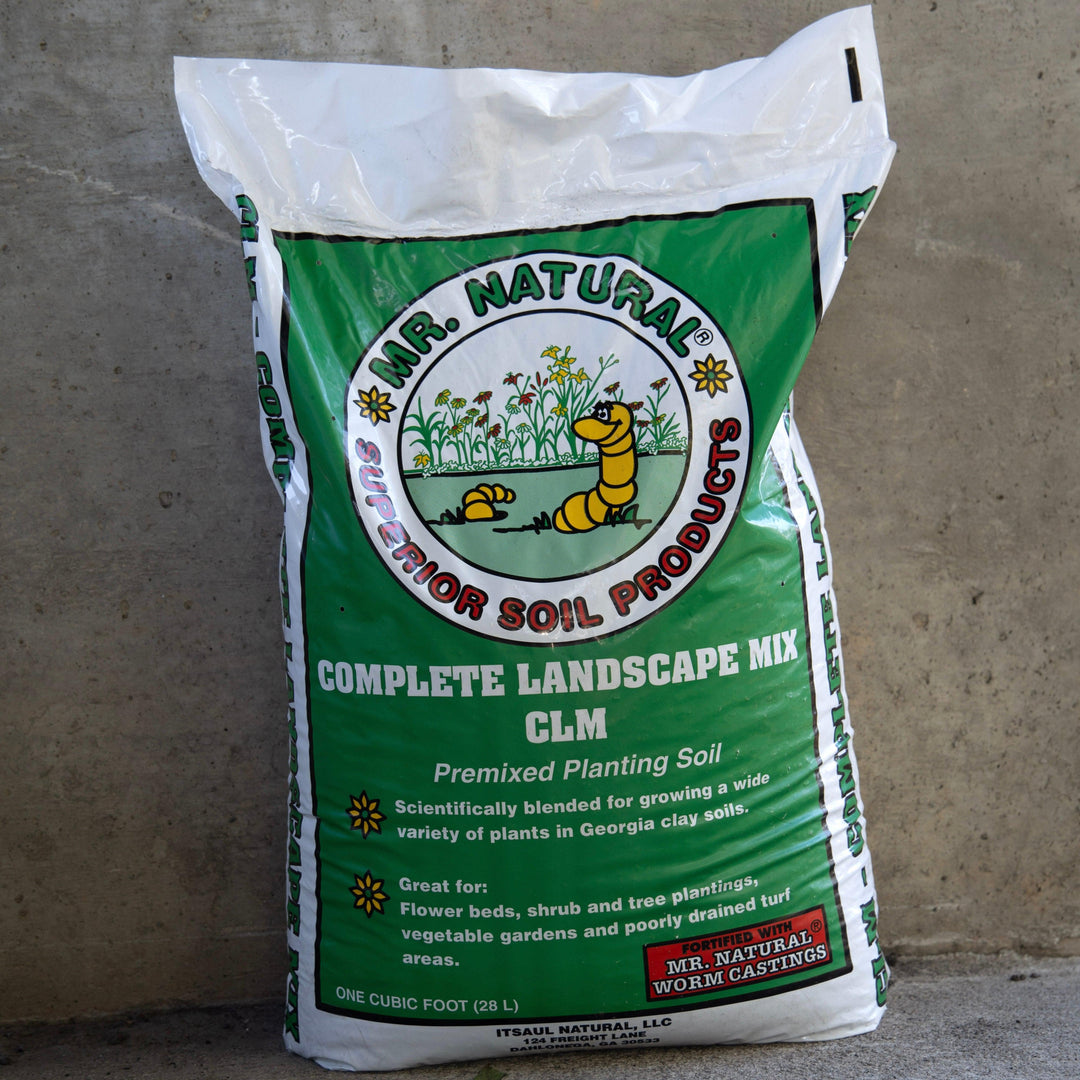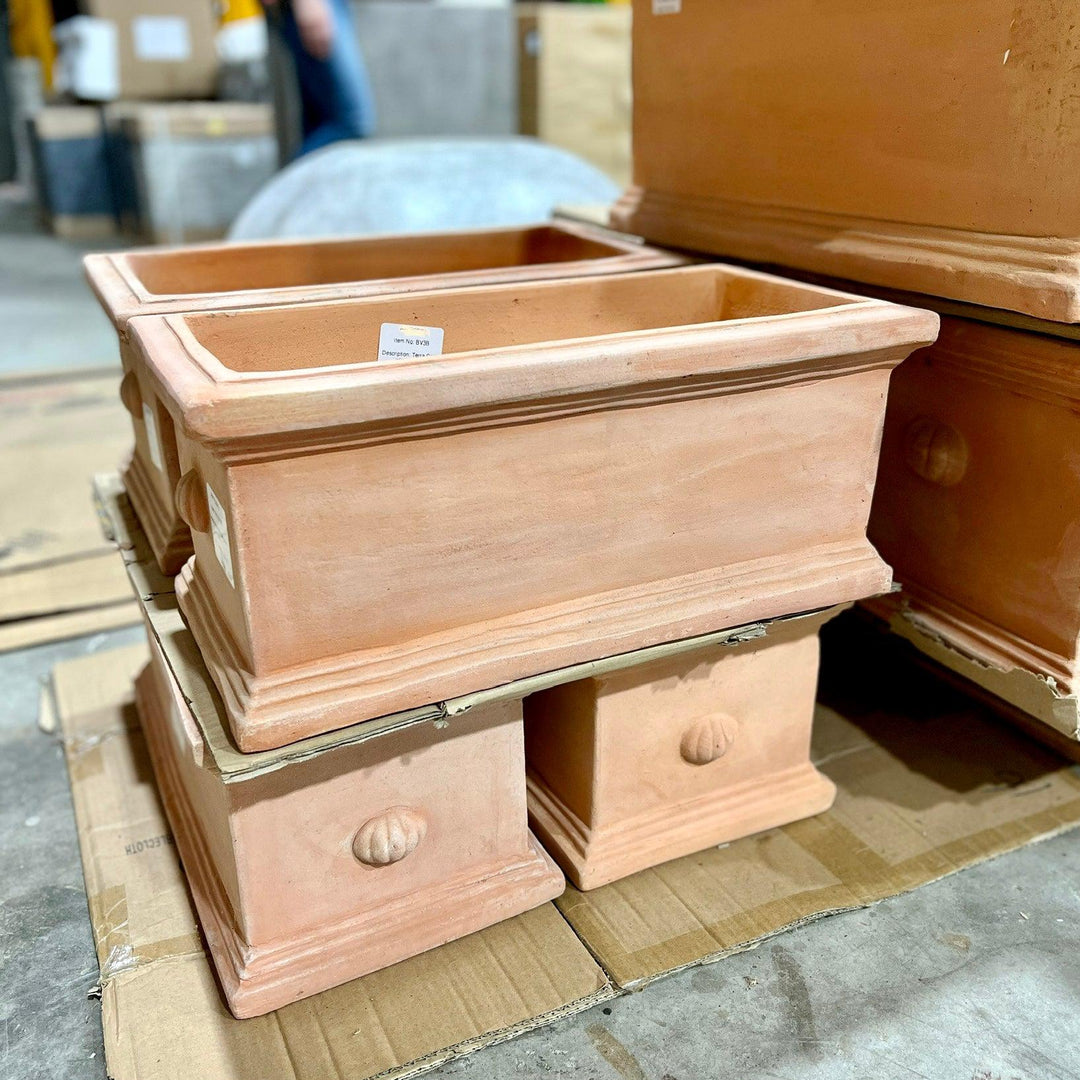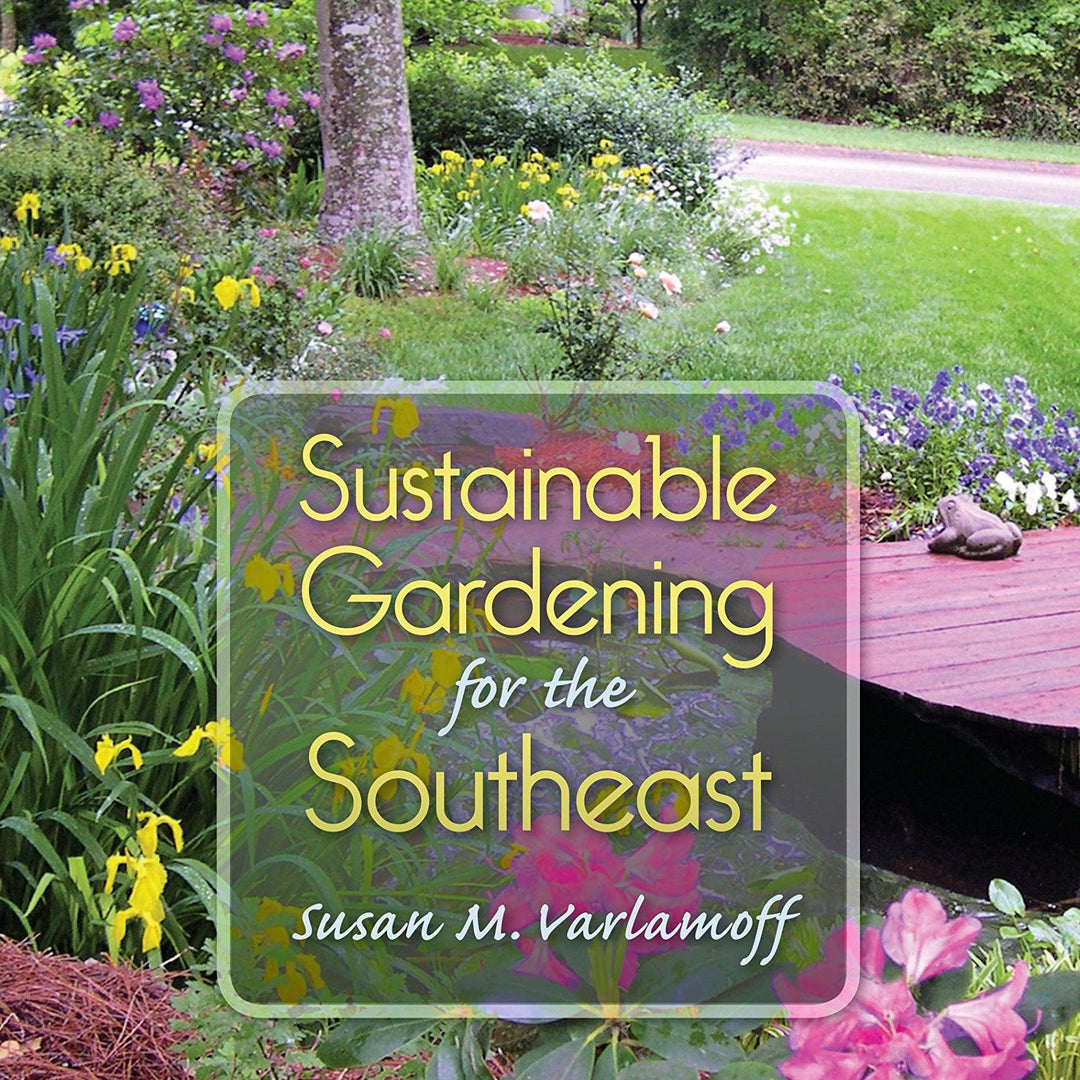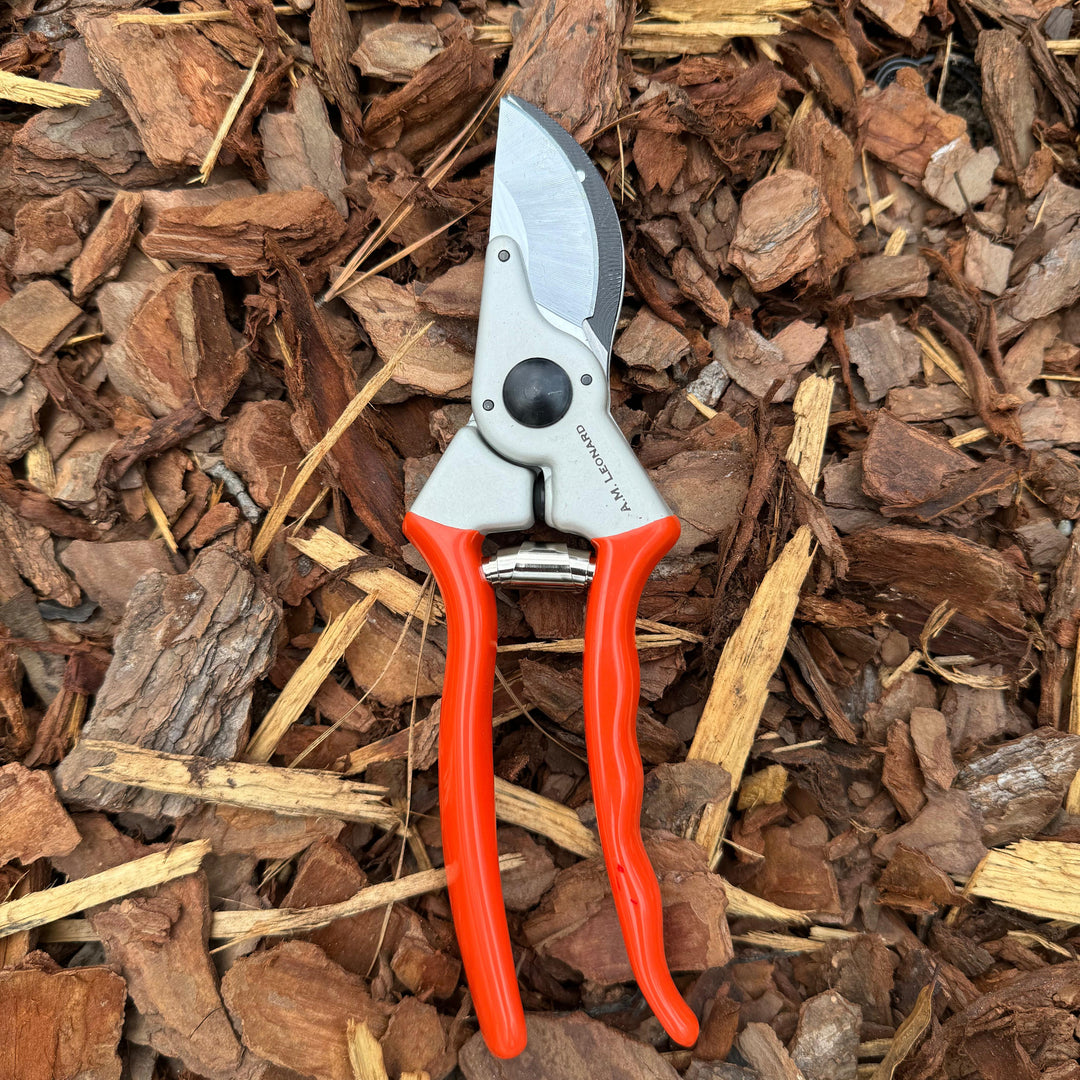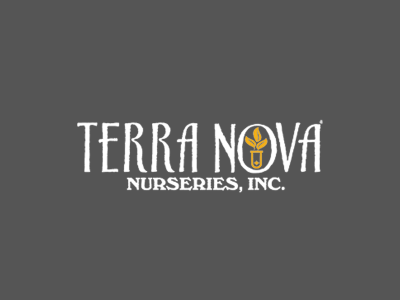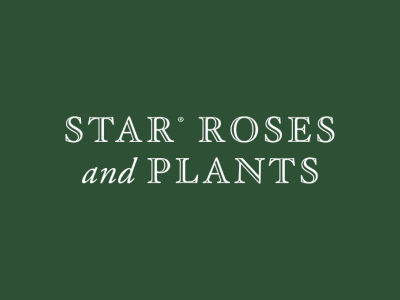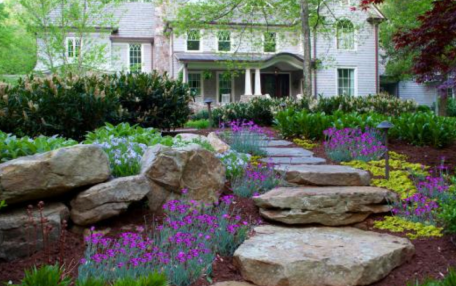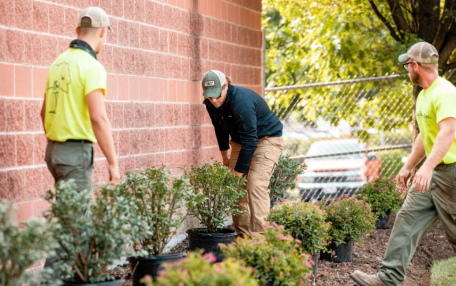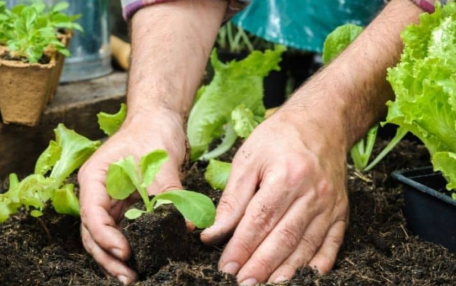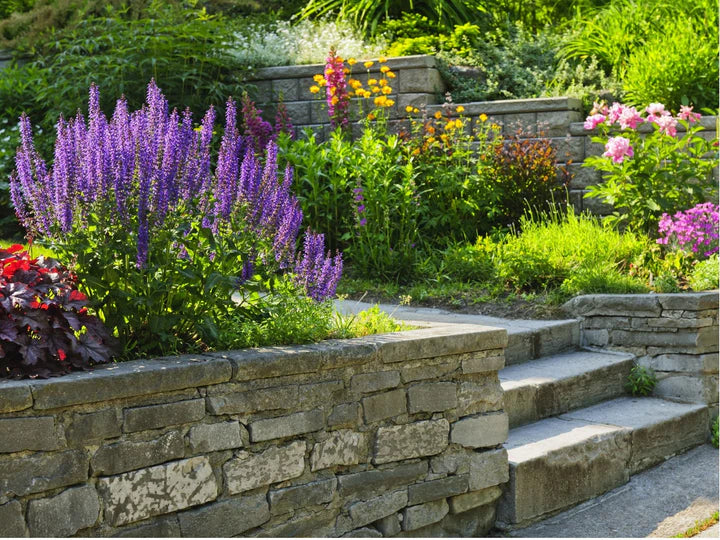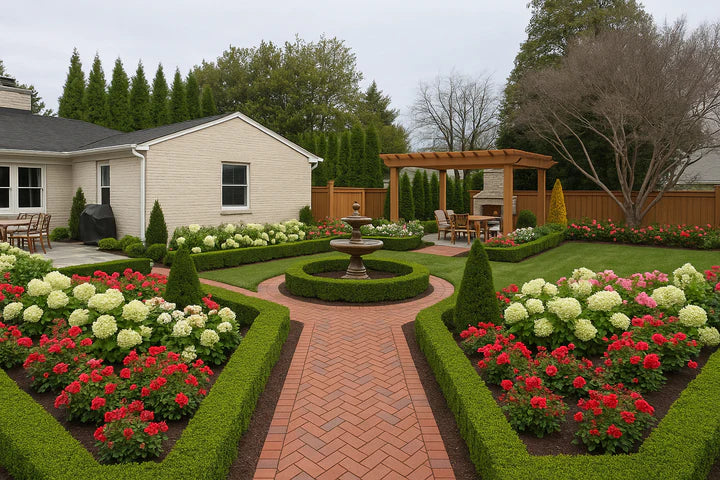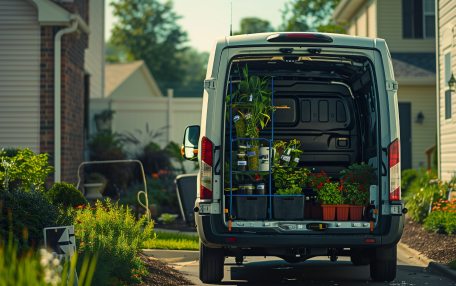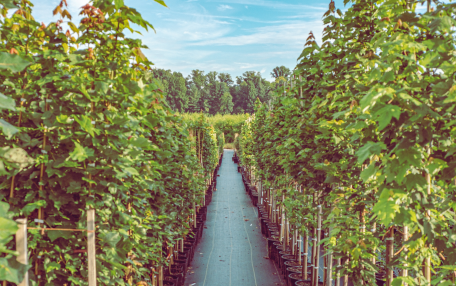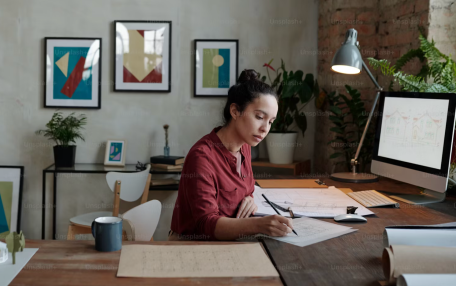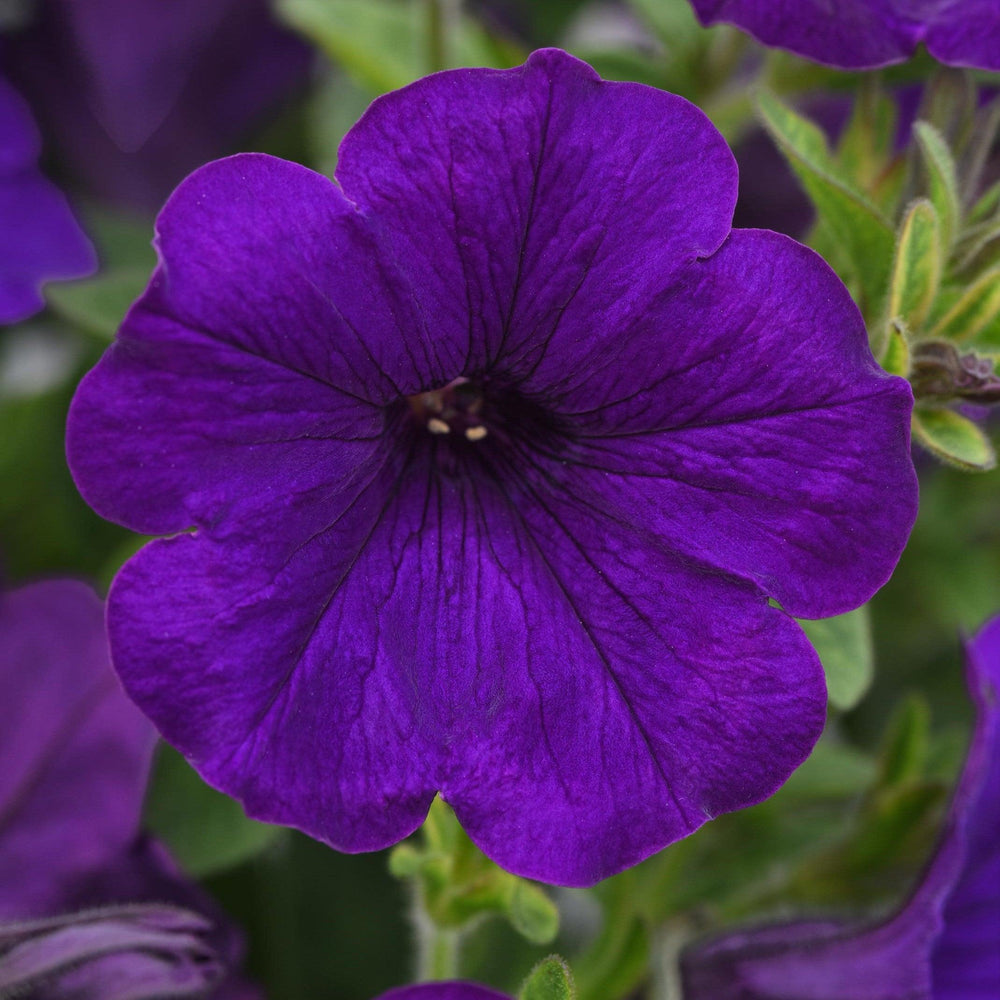Caring for Your Monrovia® Japanese Aralia (Fatsia Japonica): An Essential Guide for Georgia Gardeners
Monrovia®’s Japanese Aralia is an excellent choice for Georgia garden enthusiasts who want a low maintenance and attractive plant that can grow in a variety of environments. This unique and stunning plant makes for a great addition to any garden or indoor space, but like all plants, it requires proper care and attention to thrive.
In this article, we'll provide you with tips and insights on how to properly care for your Japanese Aralia while keeping it healthy and lush.
Understanding Japanese Aralia/Japanese Fatsia

IMAGE: Servescape, Japanese Aralia
Before diving into the care and maintenance of your Japanese Aralia, it's imperative to first understand what it is and where it comes from.
Japanese Aralia/Japanese Fatsia is not just any ordinary shrub. It has a rich history and unique characteristics that make it stand out.
Characteristics of Japanese Aralia/Japanese Fatsia
Japanese Aralia is a deciduous shrub that belongs to the Araliaceae family. Its botanical name is Fatsia Japonica and it's also commonly known as glossy-leaved paper plant, or false castor oil plant.
It is native to the southern Japanese islands Kyushu and Honshu. This plant grows up to 6 feet tall and 8 feet wide, making it ideal for use as a specimen plant or in mass plantings in the garden or indoor spaces.
One of the most fascinating things about Japanese Aralia is that it was traditionally used in Japanese medicine to treat a variety of ailments. The leaves were boiled and used as a poultice to treat wounds, while the roots were used to make a tea that was said to have a calming effect on the body.
Origin of Japanese Aralia/Japanese Fatsia
Japanese Aralia was first introduced to the United States in the 1940s by a propagator named Floyd Shipman.
He obtained the first seedlings of this plant in Japan, and after more than a decade of careful propagation, he introduced it to the world. Today, Japanese Aralia is a popular choice for gardeners and plant enthusiasts all over the world.
Interestingly, Japanese Aralia was not always known by this name. In Japan, it was called "yatsude," which translates to "eight fingers." This is because the leaves of the plant are divided into eight distinct lobes, giving it a unique and striking appearance.
Characteristics of Japanese Aralia
One of the most noticeable features of this plant is its large, palmately lobed leaves that can reach up to 12 inches wide. The leaves are glossy and deep green, giving the plant a lush and tropical appearance.
Japanese Aralia also produces clusters of small white flowers in late summer or early fall, which are followed by small black berries. This plant is low-maintenance and can grow in many different types of soils and light conditions, making it an excellent choice for both beginner and experienced gardeners.
Another interesting characteristic of Monrovia®’s Japanese Aralia is that it is known to attract a variety of wildlife to the garden. Birds are particularly fond of the small black berries that the plant produces, while bees and other pollinators are attracted to the clusters of white flowers. This makes Monrovia®’s Japanese Aralia an excellent choice for those looking to create a wildlife-friendly garden in Georgia’s metropolitan area.
Planting Japanese Aralia in Your Georgia Garden
Choosing the Right Location
When it comes to planting Japanese Aralia, choosing the right location is crucial to its success. This beautiful and exotic plant is commonly used as a decorative shrub in landscapes and gardens.
Japanese Aralia grows best in partially shaded or full shade areas, although it can also tolerate partial sun. It's important to consider the surrounding environment before planting this shrub. For example, if you live in an area with hot summers or strong winds, it's best to plant your Japanese Aralia in a location that's protected from these elements.
In addition to considering the climate, it's important to plant your Japanese Aralia in well-draining soil that's rich in organic matter. This will help ensure that the plant receives the nutrients it needs to thrive.
Soil Requirements
Japanese Aralia prefers moist soil, and it's essential that the soil is not too dry, as this can cause stress to the plant. It's best to water the plant regularly, especially during the hot summer months—typical of north-central Georgia.
In terms of soil composition, it's best to plant this shrub in soil that's rich in organic matter, as this can help retain moisture and provide the plant with essential nutrients. Adding compost or aged manure to the soil before planting can improve soil structure and promote healthy growth.
Planting Steps and Techniques
To plant a Japanese Aralia, first dig a hole that's twice the size of the root ball. This will give the plant enough space to grow and establish its roots.
Before placing the plant in the hole, it's a good idea to add compost or aged manure to the bottom of the hole. This will provide the plant with additional nutrients and help improve soil structure. Once you've added the compost or aged manure, carefully place the plant in the hole and cover with soil. Be sure to water the plant thoroughly to settle the soil around the roots.
If you're planting multiple Japanese Aralia shrubs, it's best to space them at least 4-6 feet apart to give the plants room to grow. This will also help ensure that each plant receives enough sunlight and nutrients.
Watering and Fertilizing

Monrovia®’s Japanese Aralia is a beautiful and exotic plant that can add a touch of elegance to any garden or indoor space.
However, to keep it looking its best, it's important to provide it with the right care and attention. In this section, we'll explore the best watering and fertilizing techniques for Japanese Aralia and how to detect signs of overwatering or under watering.
Watering Frequency and Techniques
When watering Japanese Aralia, it's important to strike the right balance. The plant requires regular watering to keep the soil moist—but not too wet. Overwatering can lead to root rot and other fungal diseases, while under watering can cause the plant to wilt and suffer from stress.
To correctly water Japanese Aralia, it's best to water deeply once a week, especially during times of drought or dry spells. However, it's important to avoid watering the leaves, as this can cause damage or fungal diseases. Instead, it's best to water at the base of the plant, allowing the water to soak into the soil around the roots.
Another important factor to consider when watering Japanese Aralia is the type of soil it's planted in. The plant prefers well-draining soil that can hold moisture without becoming waterlogged. If the soil is heavy or clay-like, it may be necessary to amend it with organic matter to improve drainage.
Fertilizer Recommendations
Monrovia®’s Japanese Aralia benefits from regular fertilization to promote healthy growth and vibrant foliage. Fertilizing during the growing season, which is typically from spring to early fall, can provide the plant with the nutrients it needs to thrive.
When choosing a fertilizer for Japanese Aralia, it's best to use a balanced fertilizer with equal amounts of nitrogen, phosphorus, and potassium. This will provide the plant with the nutrients it needs to grow strong and healthy. However, it's important to avoid over-fertilizing, as this can damage the plant and create stress.
Another option for fertilizing Japanese Aralia is to use organic fertilizers, such as compost or worm castings. These natural fertilizers can provide the plant with a slow-release source of nutrients, which can be beneficial for long-term growth and health.
Signs of Overwatering or Underwatering
One of the biggest challenges when caring for Japanese Aralia is detecting signs of overwatering or under watering. Both of these conditions can cause damage to the plant and lead to poor growth and health.
Signs of overwatering can include yellowing or browning of the leaves, as well as a mushy or rotten smell coming from the soil. If you notice these signs, it's important to adjust your watering schedule and allow the soil to dry out before watering again.
On the other hand, signs of under watering can include wilting and drooping of the leaves, as well as dry and crumbly soil. If you notice these signs, it's important to water the plant deeply and monitor its moisture levels regularly.
Pruning and Maintenance
When to Prune Monrovia®’s Japanese Aralia
Pruning your Japanese Aralia is essential to promote healthy growth and maintain its shape. It's best to prune during the dormant season, which is typically in late winter or early spring. This will give the plant ample time to recover and produce new growth later in the season.
Pruning Techniques
To prune Japanese Aralia, first remove any dead, diseased, or damaged branches. Then, prune back any branches that are growing out of shape or are too long. It's best to use sharp, clean pruning shears and make clean, angled cuts.
Avoid cutting back more than one-third of the plant's total size in a single pruning session, as this can create stress and reduce growth.
General Maintenance Tips
To ensure the healthy growth of your Japanese Aralia, monitor the plant regularly for any signs of stress, disease, or damage. Keep the soil moist but not too wet, avoid over-fertilizing, and prune regularly to maintain its shape and promote healthy growth.
Overall, this unique and stunning plant is an excellent choice for any garden or indoor space, and with the proper care and attention, it can thrive and provide years of enjoyment.

Click here if you’d like to purchase this plant.
If you need any advice or tricks/tips in creating the garden of your dreams, we are here to make those dreams come true! Connect with us here, or chat with us via the chat button on the bottom of any page on our website.
To create a landscape that gives you joy every time you walk out your door or look out your window, it’s important to have a design plan in place. Learn more about our elite Designer Marketplace platform, which allows you to select easily from a list of expert landscape designers, landscape architects, and more.
Click here to view more plants from the beautiful Monrovia® collection.

